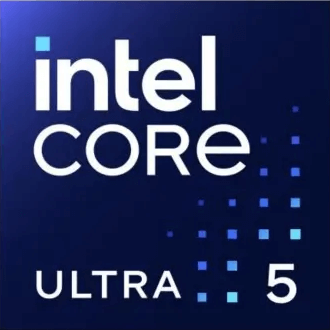Intel Core i7 11700F vs AMD Ryzen 3 4300G
We compared two desktop CPUs: Intel Core i7 11700F with 8 cores 2.5GHz and AMD Ryzen 3 4300G with 4 cores 3.8GHz . You will find out which processor performs better in benchmark tests, key specifications, power consumption and more.
Main Differences
Intel Core i7 11700F 's Advantages
Released 8 months late
Larger memory bandwidth (50GB/s vs 43.71GB/s)
Newer PCIe version (4.0 vs 3.0)
Larger L3 cache size (16MB vs 4MB)
AMD Ryzen 3 4300G 's Advantages
Integrated graphics card
Higher base frequency (3.8GHz vs 2.5GHz)
More modern manufacturing process (7nm vs 14nm)
Score
Benchmark
Geekbench 6 Single Core
Intel Core i7 11700F
+42%
2144
AMD Ryzen 3 4300G
1507
Geekbench 6 Multi Core
Intel Core i7 11700F
+60%
8162
AMD Ryzen 3 4300G
5071
Geekbench 5 Single Core
Intel Core i7 11700F
+47%
1644
AMD Ryzen 3 4300G
1117
Geekbench 5 Multi Core
Intel Core i7 11700F
+107%
8821
AMD Ryzen 3 4300G
4256
Passmark CPU Single Core
Intel Core i7 11700F
+29%
3311
AMD Ryzen 3 4300G
2558
Passmark CPU Multi Core
Intel Core i7 11700F
+93%
21153
AMD Ryzen 3 4300G
10948
General Parameters
Mar 2021
Release Date
Jul 2020
Intel
Manufacturer
AMD
Desktop
Type
Desktop
x86-64
Instruction Set
x86-64
Rocket Lake
Core Architecture
Zen 2
i7-11700F
Processor Number
-
LGA-1200
Socket
AM4
N/A
Integrated Graphics
Radeon Vega 6
Package
-
Transistor Count
4.9 billions
14 nm
Manufacturing Process
7 nm
65 W
Power Consumption
45-65 W
100 °C
Peak Operating Temperature
95 °C
CPU Performance
8
Performance Cores
4
16
Performance Core Threads
8
2.5 GHz
Performance Core Base Frequency
3.8 GHz
4.9 GHz
Performance Core Turbo Frequency
4 GHz
8
Total Core Count
4
16
Total Thread Count
8
100 MHz
Bus Frequency
100 MHz
25x
Multiplier
38x
64 K per core
L1 Cache
96 K per core
512 K per core
L2 Cache
512 K per core
16 MB shared
L3 Cache
4 MB shared
No
Unlocked Multiplier
Yes
Memory Parameters
DDR4-3200
Memory Types
DDR4-3200
128 GB
Max Memory Size
64 GB
2
Max Memory Channels
2
50 GB/s
Max Memory Bandwidth
43.71 GB/s
No
ECC Memory Support
Yes
Graphics Card Parameters
-
Integrated Graphics
true
-
GPU Base Frequency
300 MHz
-
GPU Max Dynamic Frequency
1700 MHz
-
Shader Units
384
-
Texture Units
24
-
Raster Operation Units
8
-
Execution Units
6
-
Power Consumption
15 W
-
Max Resolution
3840x2160 - 60 Hz
-
Graphics Performance
0.85 TFLOPS




